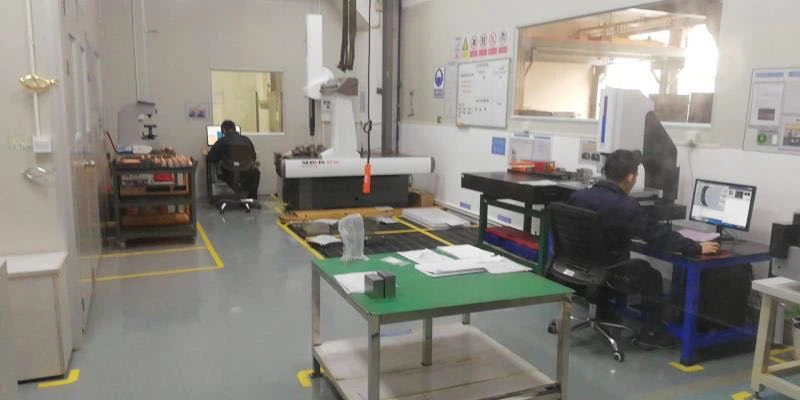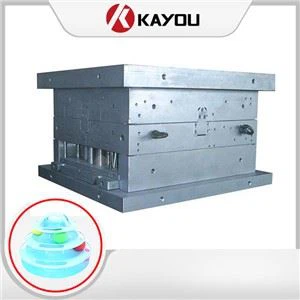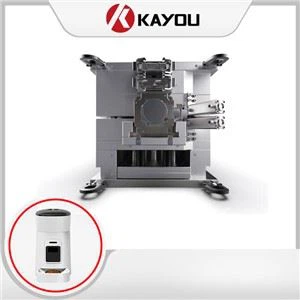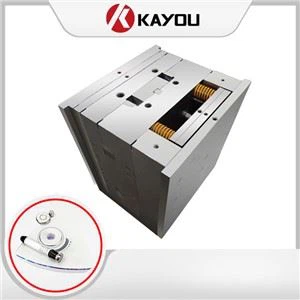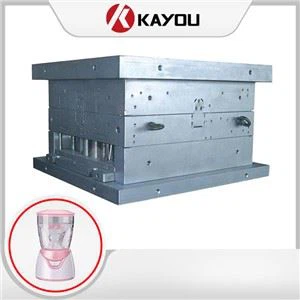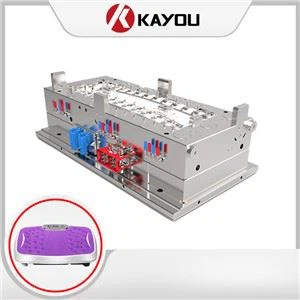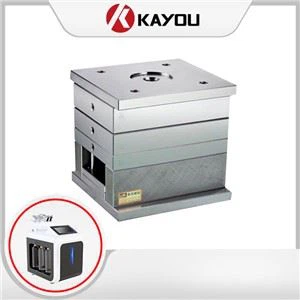Plastic Molding Process
Plastic Molding Process
1. Heating and pre-plasticizing
Driven by the transmission system, the screw conveys and compacts the material from the hopper. Under the shearing and conflicting mixing effect of the heater, screw and barrel outside the barrel, the material gradually melts. The part has accumulated a certain amount of molten plastic, and under the pressure of the melt, the screw slowly retreats. The retreat distance is adjusted according to the amount required for one injection of the measuring device. When the predetermined injection volume is reached, the screw stops rotating and retreats.
2. Mold clamping and locking
The clamping mechanism advances the template and the movable mold part of the mold installed on the movable template is closed and locked with the movable mold part of the mold on the movable template to ensure that a satisfactory clamping force is provided to lock the mold during molding.
3. Move the injection equipment forward
When the mold clamping is completed, the entire needle seat is advanced and moved forward, so that the nozzle of the needle injection machine and the main sprue of the mold are completely attached.
4. Injection and pressure keeping
After the mold clamping and the nozzle are fully fitted to the mold, the injection hydraulic cylinder enters high-pressure oil to advance the screw to move forward relative to the barrel, and the melt accumulated on the head of the barrel is injected into the cavity of the mold to meet the pressure due to the decrease in temperature. To shorten the plastic volume, in order to ensure the compactness, dimensional accuracy and mechanical properties of the plastic parts, it is necessary to maintain a certain pressure on the melt in the mold cavity to supplement the material.
5. Pressure relief
When the melt at the gate of the mold freezes, the pressure can be relieved.
6. Retreat of injection equipment
Generally speaking, after the pressure relief is completed, the screw can rotate and retreat to complete the next feeding and pre-plasticizing process. (Generally in existing injection molding, the action of removing the injection seat from the main gate of the mold has been cancelled. This action is performed for materials with serious molding drool, such as PA).
7. Open the mold and eject the plastic parts
After the plastic part in the mold cavity is cooled and shaped, the clamping mechanism opens the mold and pushes out the plastic part in the mold.
Since then, a complete plastic product is finished. Of course, most of the plastic parts will need to be combined with other products through auxiliary processes such as oil spraying, silk screen printing, hot stamping, laser carving, etc., and finally form a Good products will eventually reach consumers' hands.
